This year for Earth Day, Pare is participating in the Boston Area City Nature Challenge. Join us April 28th or April 29th for a BIODIVERSITY competition with cities around the globe! We are hosting events where we will explore Foxborough’s open spaces to identify as many species as possible. Nature lovers of all ages and experience levels are welcome to join. Register here to join us.
The City Nature Challenge is a fun competition with cities across the country to document the most species during April 27 – 30, 2018 and anyone can participate by joining an event or documenting the plants, animals, and fungi they see anywhere in the greater Boston area with the iNaturalist app. The iNaturalist app is a downloadable app that allows the general public to record and submit their observations that will contribute to scientific databases like the Global Biodiversity Information Facility and help scientists find and use data. Learn more at: Boston Area City Nature Challenge.
In that spirit, the Sustainability Committee at Pare is pleased to share our 7th Annual Earth Day Photo Contest. The theme of the contest this year is “Biodiversity!”
Please enjoy the photos submitted by Pare’s staff below, and vote using the poll located at the bottom of this post. The winner of the 2018 Earth Day Photo Contest will receive a Gift Card to B-Good. Voting will close at 11:59 p.m. on Friday, April 27th and winner will be announced in our next blog post.
Photo 1: Flowering Tree
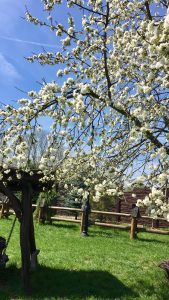
This photo of a flowering dogwood tree was taken in Krakow, Poland.
Photo 2: Biodiversity in a Bucket
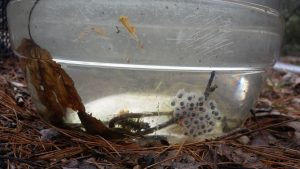
Vernal pools host an incredible amount of biodiversity. These wetlands, which dry up every summer, provide a nursery of sorts for a wide variety of species from wood frogs to dragonfly nymphs. Species in this photo include yellow spotted salamander eggs, fairy shrimp, water mites, and caddisfly larvae.
Photo 3: Water
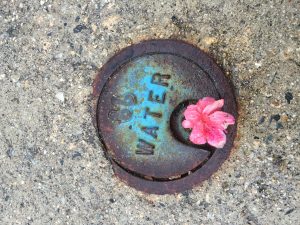
Water plays a significant role in any ecosystem. Although Mother Nature tries to keep herself balanced, we humans don’t always help. We tap into the resource and, at times, take more than our fair share. During a water ban last summer, nature tried all it could to find the water it needed; it’s obvious Mother Nature is teaching her children to read.
Photo 4: Beehives
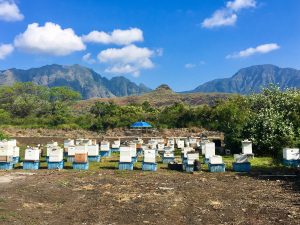
One hundred and fifty beehives pollinate flowers and provide raw honey to support both the ecosystem and the local farmers’ markets on Oahu, Hawaii.
Photo 5: Disney’s Animal Kingdom
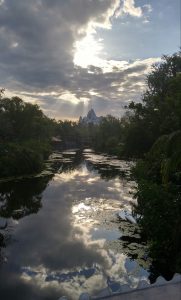
It is inspiring to see a coexistence of nature – plants, species and beauty – all in an initially manmade environment: Disney’s Animal Kingdom (Additional fact, the park opened on Earth Day in 1998.)
Photo 6: Hyacinth Macaw
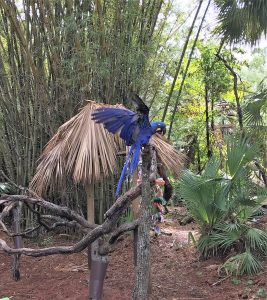
The hyacinth macaw exhibit near the center of the Brevard Zoo in one of many unique close encounters with the more than 550 animals at the zoo. The zoo, whose mission is “Wildlife conservation through education and participation,” boasts diverse ecosystems across its 75 acres including tropical grasslands, tropical forest, tropical hardwood, grassy plains, savannahs, and estuarine lagoons, amongst others.
Photo 7: Townshend, VT
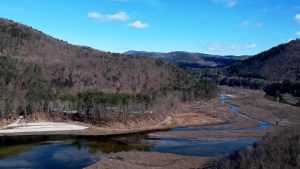
Taken in Townshend, VT this picture shows multiple ecosystems coexisting next to each other. In the foreground the Townshend lake (outside of the frame the Townshend dam) and in the background Stratton Mountain, part of the beautiful Green Mountain Finger Lakes National Park.
Photo 8 Guatapé, Colombia
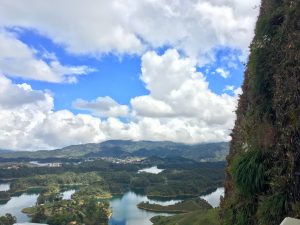
When a hydroelectric complex was built in Guatapé, Colombia in the 1970’s the landscape changed radically from agricultural fields to a lakes region made up of hundreds of islands. This photo shows how the people and ecosystem of Guatapé adapted to this man-made flooding.
Photo 9: Hypopitys Monotropa
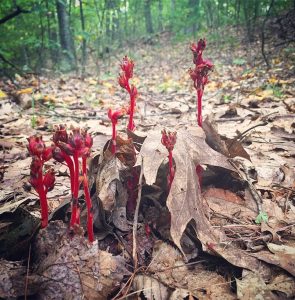
Most plants make their own food, but those lacking chlorophyll steal from their neighbors! Pinesap (Hypopitys monotropa) absorbs its nutrients from fungi in the soil.
Photo 10: Rooftop Garden
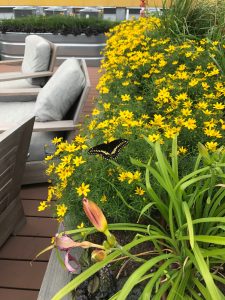
Up on a rooftop in the city, a garden in a planter attracts local wildlife, becoming a part of the local ecosystem.
Photo 11: Hikin’ the banks of the Mighty Mo
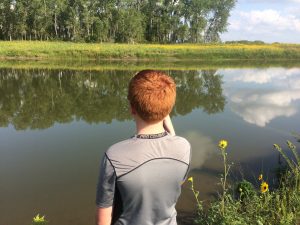
This photo includes a boy reflecting on the wonders of nature – the Missouri River – sustaining life for the fish, tadpoles, and snapping turtles within the muddy water, allowing wildflowers an opportunity to flourish along its banks in the shadows of a magnificent tree grove, and providing nourishment for millions and millions of acres of farmland just out of view.
Photo 12: Children Walking
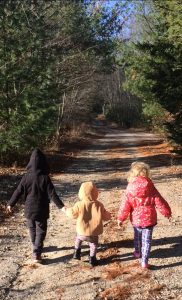
An appreciation for nature and its biodiversity begins at a young age. Curiosity and wonder about the world around us is natural for children and must be encouraged and fed.
Photo 13: Green Sea Turtle
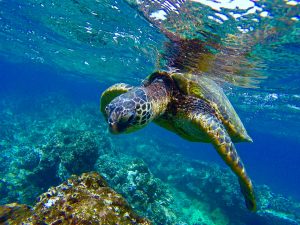
This photograph of a green sea turtle was taken at a coral reef off the coast of Maui, Hawaii. Coral reefs are home to over 25% of marine life, making them one of the most biodiverse ecosystems on the planet.
The polls are now closed–We will soon be announcing the winning entry that best represents our theme of “Biodiversity!”


